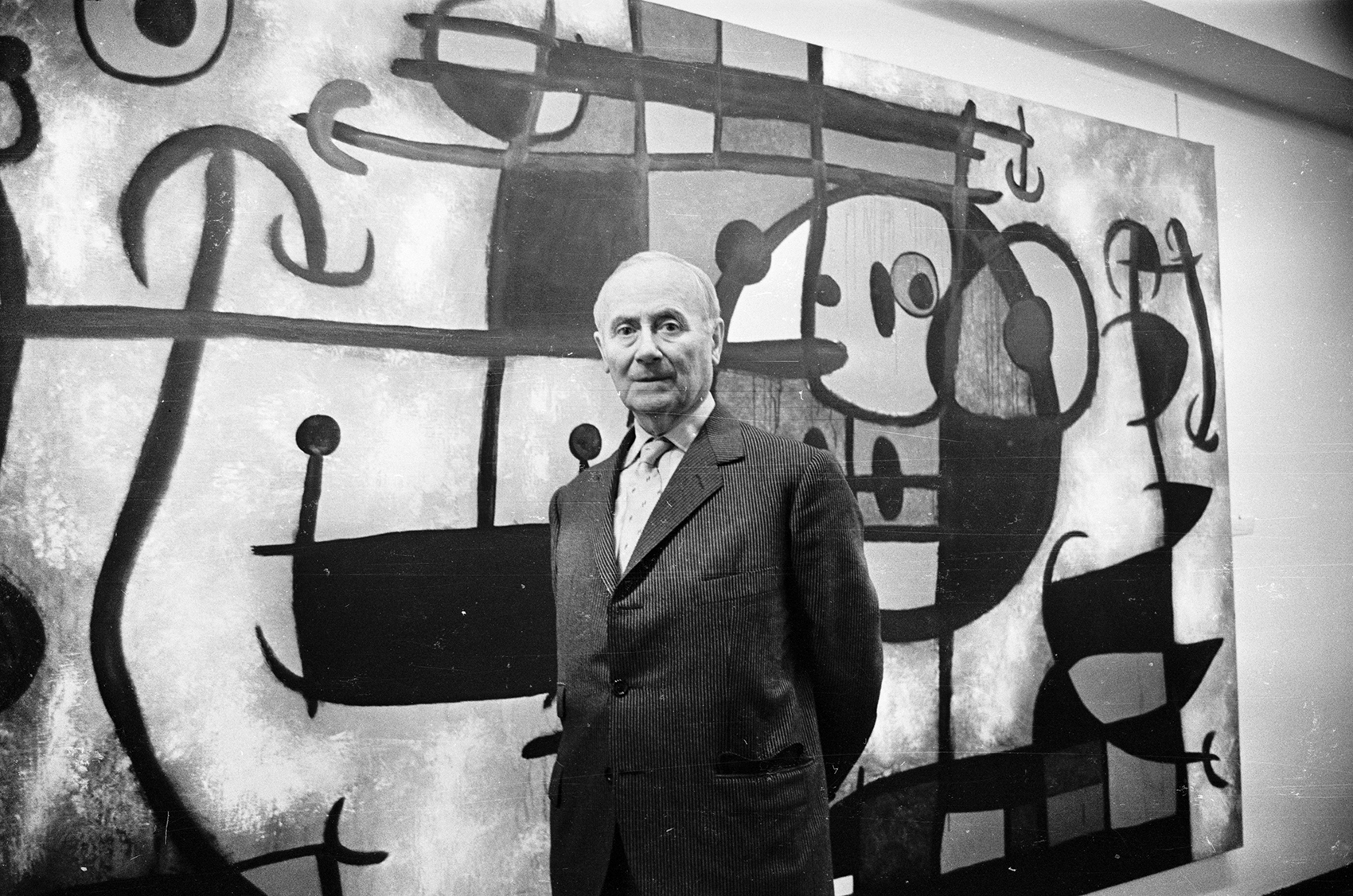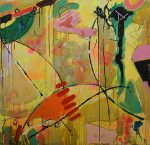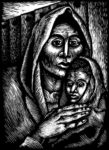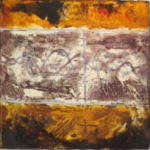
In 1967 Miro produced 18 color lithographs to accompany his poem “Le Lezard aux plumes d’or”. Shortly after the printing of the plates the artist and his publisher, Louis Broder, noticed that an error in the manufacturing of the paper has caused certain alterations in the colors, and they, therefore, decided not to accept the printing and to destroy them. Miro proceeded to produce 15 new lithographs which appeared under the same title in 1971. The Maeght Catalogue Raisonee (Volume IV) states that the date of printing of these suites is uncertain. It is rare to obtain Miro Lithographs on parchment and in such a small edition which makes this item especially collectible.
Joan Miró was one of the most critically acclaimed artists of the 20th century. He pioneered the transformation of the two-dimensional picture plane into a receptacle of personal dreams and imagery, characterized by the suppression of descriptive detail. As a painter, sculptor, ceramicist, muralist, and printmaker, he created a visual vocabulary unique in the 20th century and had an enormous impact on the course of modern art. Miró was a brilliantly innovative artist who absorbed and then went beyond all the major art movements of his formative years: Impressionism, Cubism, Fauvism, Dadaism, and Surrealism.
Miró was strongly influenced by his Catalan heritage from the primary colors of local Romanesque frescoes to the curving, undulating lines and organic forms of Gaudi’s architecture. After moving to Paris in the 1920 he was strongly influenced by the Surrealists, in particular the concepts of automatism (allowing the subconscious to dictate forms) and the exploitation of accidents. His work of the 1920s and 1930s thrust him to the forefront of the Surrealist movement. He revered the Surrealist poets becoming close friends with many and later collaborating with them on many artists’ books, for which he contributed the illustrations to their poetry.
His interest in printmaking went beyond the books and he worked extensively in etching, aquatint, and lithography on small and large-scale works throughout his career. His vision of vast conceptual spaces populated by strange, playful organisms is a world that exists only in the dreams and desires of the imagination. It evolves out of an atmosphere of spontaneity in which the artist’s conception of reality is inseparable from his inner experience. His masterful use of color, his creation of a pictorial language which functioned as both symbol and design, and ultimately his achievement of an art in which emotion and form had become identical, are unique amongst the 20th century masters.






